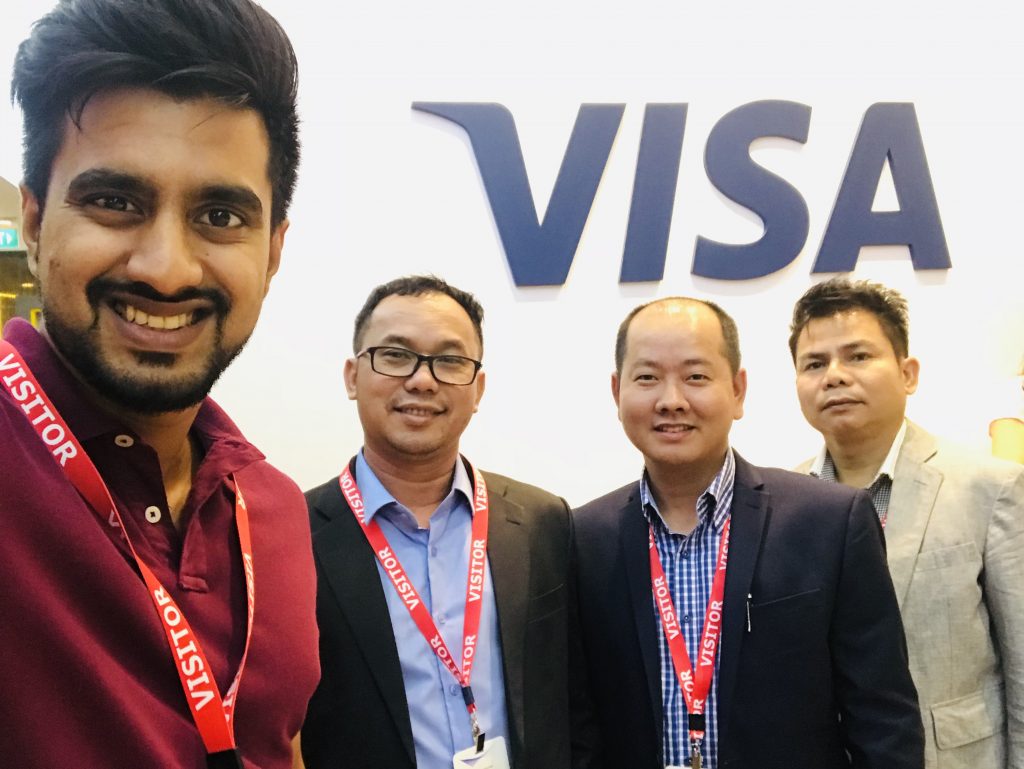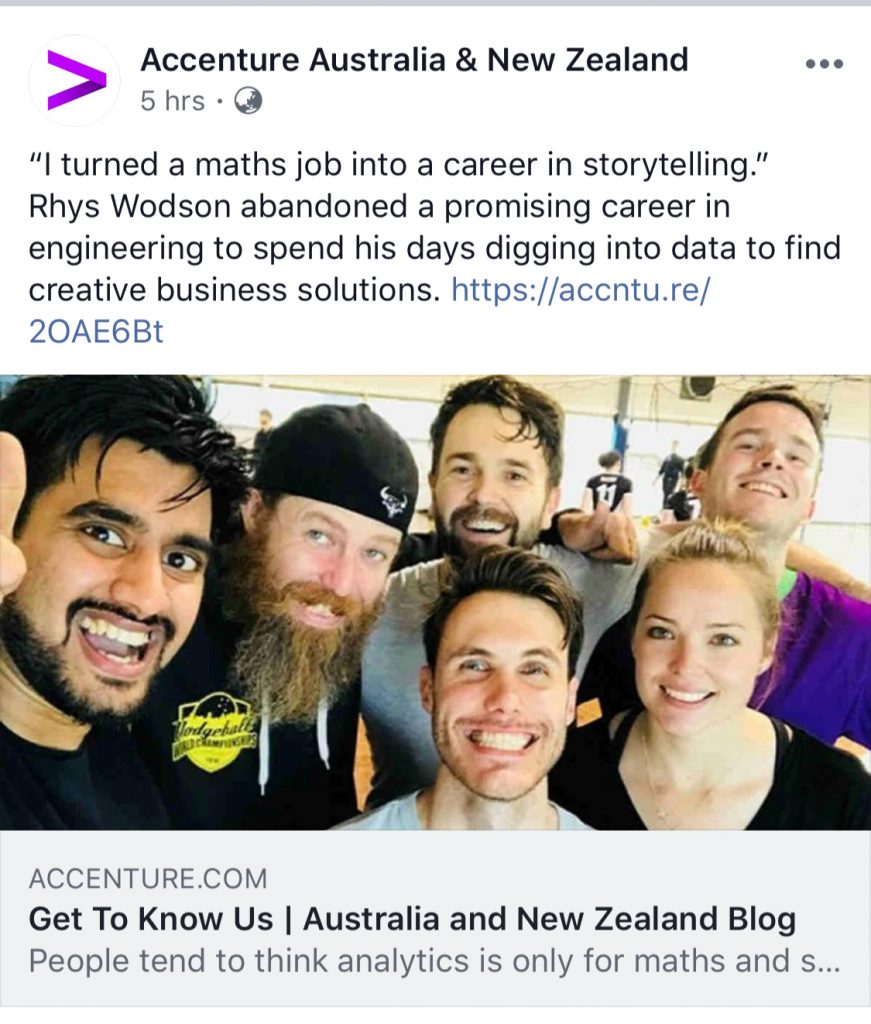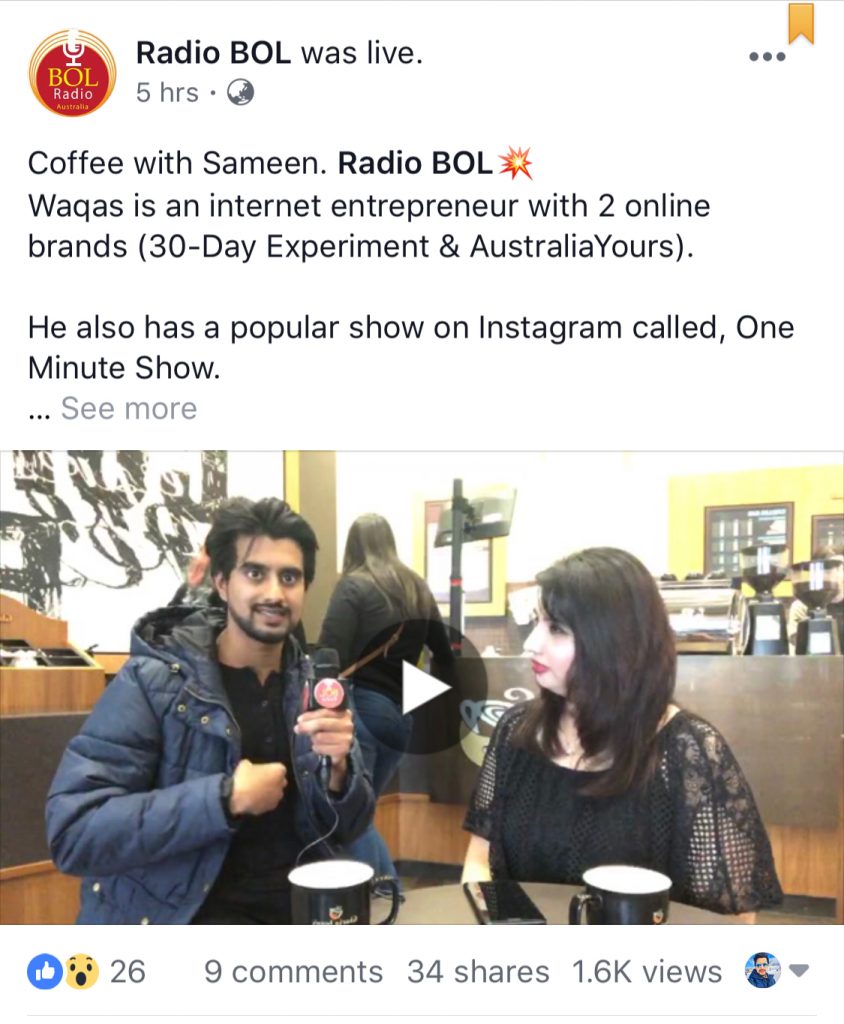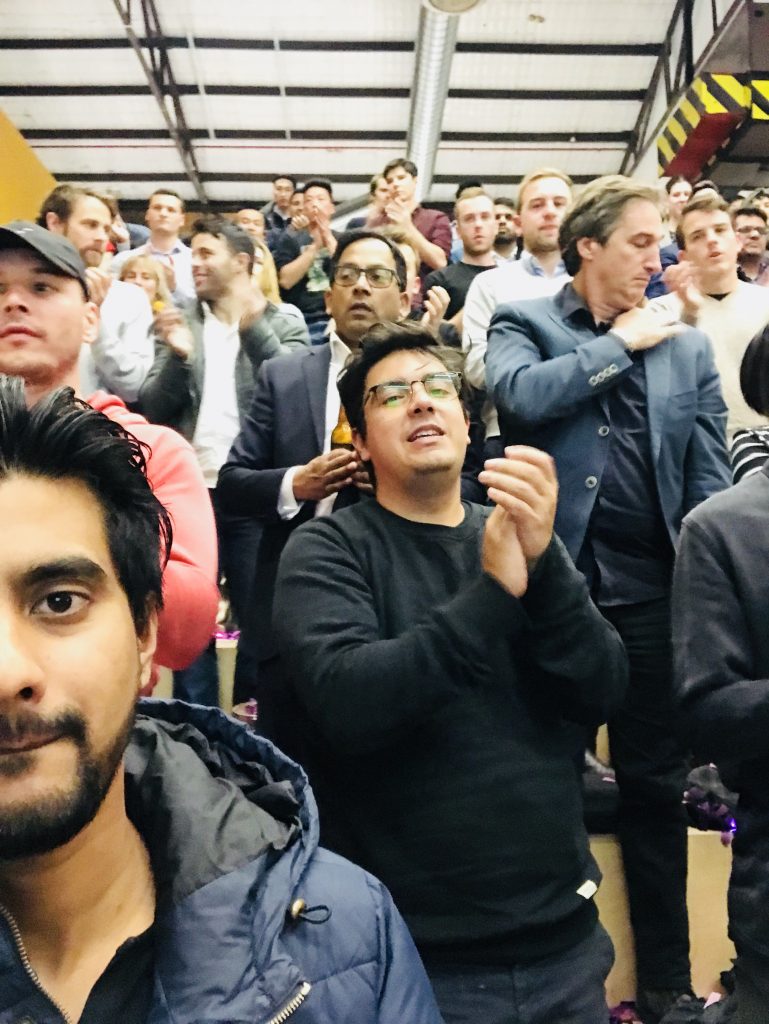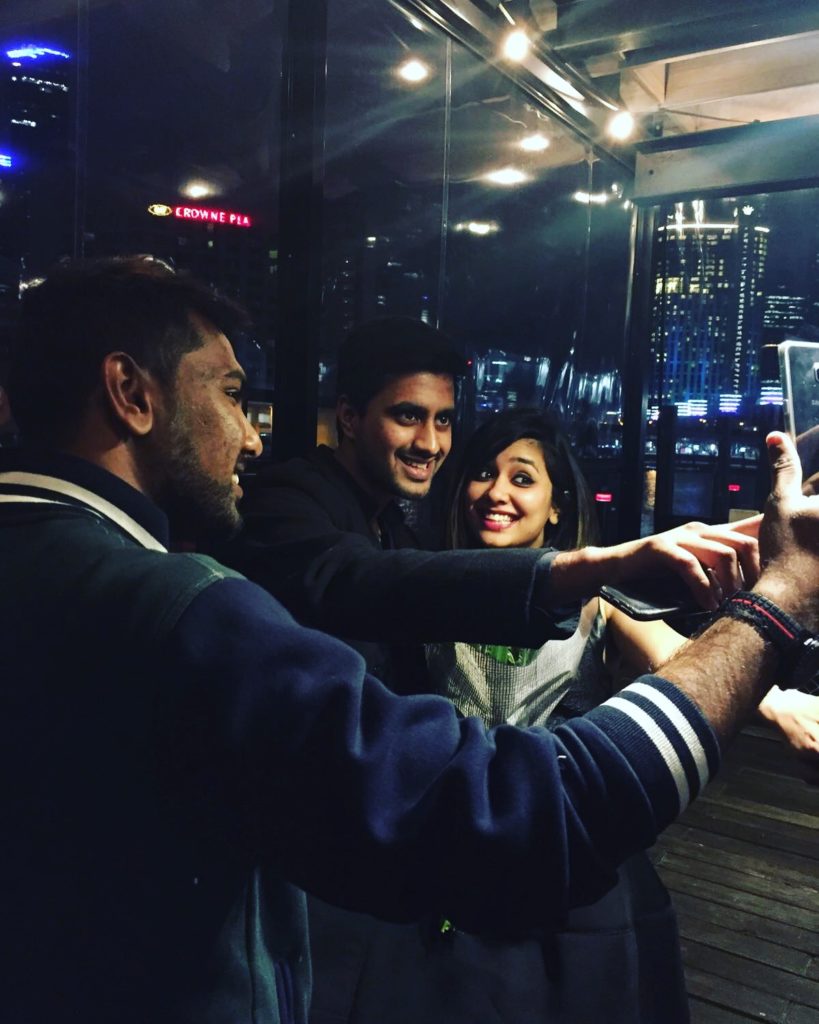CV is one of those things that is so similar for 99% of the people that if you only do marginally better than everyone else, you will stand out.
And it is also one of those things that even when you know that you look like everyone else, you don’t put in much effort to learn how to write a great CV.
After reviewing 1000+ CVs in the last 3 years, I can tell you that the bottom line mindset of every employer when going through the pile of CVs is this:
“If the person is not smart enough to learn to write a great CV, he/she is not smart enough for the job”
When you are creating your CV, you have to think about the 2 stages:
Stage 1 – How to get your CV to stand out in the pile so it gets shortlisted into the 10% of the CVs that will be reviewed in detail.
This stage has to do with the aesthetics of your CV. What is the image it creates in the employer’s head in 5 seconds? Does it scream that the person who has created it must be really smart? Is it even beautiful to look at and soothing to skim through? When do you write your GPA and when you don’t?
Stage 2 – How to construct your CV and word it to make your personality, qualifications, and experiences convince the employers that if they do not call you for an interview, they will be missing out on a great candidate.
This stage has to do with how you present your information in your CV. What words you use? How do you make your experiences relevant? How do you construct sentences to give full context? What details you give?
This blog post will highlight 3 Mistakes you are doing in your CV.
I have developed a Full Online Video course in which I teach you in detail both Stage 1 and Stage 2, with examples and exact words to write.
You can access the course here: Ultimate Resume Makeover
3 Mistakes You Are Doing In Your CV
Mistake # 1: Telling Everything
Most people put everything they have ever done in their CVs. They think that a CV has to contain a list of all the facts in chronological order. That’s the wrong strategy!
Your CV is not your Timeline that has to include everything in a perfectly dated manner. Instead, your CV is a sales page whose sole purpose is to sell you to a potential employer.
What’s a better way to do it:
Is it by writing about your part-time job when you were shelving books in the library or doing car washing to earn some extra bucks?
Or do you do it by putting in only the things that support your experiences and personality that are best suited for the job you are applying for?
Companies want to see the focus, not a random list of jobs that aren’t coherent.
You might be thinking that what about showing yourself as a diverse personality?
We will talk about that in detail in the full CV video course. But in a nutshell, your CV should only have things that make logical sense for the career you are creating this CV for.
A CV that stands out is the one that has a clear focus.
Mistake # 2: Using Flowery Meaningless Language
The single biggest issue with CVs is the generic language that almost everyone uses.
What do these terms even mean?
“I delivered under challenging environment due to my professional abilities and interpersonal skills.”
“I was part of a highly competitive and dynamic team that helped me learn exponentially.”
“Highly organized, hardworking and a team player.”
They don’t mean anything!
These are examples of the phrases that employers see every day. After a while, we all develop this secret ability to be blind to these sentences. We don’t even read them. We skim through all this fat to find any meat underneath.
Dressing up a CV in a fancy manner does not mean you are smart. It actually means that you haven’t done anything that you can concretely talk about.
People often complain that they can’t fit in information in one page. 9 out of 10 CVs that I see, I can instantly cut off 70-80% of text in there which is flowery and pointless.
By the way, only the first page of your CV matters. Here are the 3 Hacks To Make Your CV Standout that you should read and implement right away.
So what do you do instead of using the flowery meaningless language?
You use 1 to 3 bullet points to explain each experience in a thorough manner – starting with telling what you did and ending with what was achieved through it.
You use vivid details and numbers to describe the exact experience and show the exact results.
We will explore this point in much more detail, with tons of examples, in the video course.
For now, let’s move on to the third mistake you might be doing.
Mistake # 3: Not Putting Yourself In The Employer’s Shoes
Most of you are selling yourselves without thinking about the employer’s needs.
Instead of understanding the job requirements for the specific job, you are busy telling your totally unrelated experiences.
And not just experiences, even the traits of your personality that you are highlighting, have you taken the time out to understand whether the potential employer is interested in someone with that kind of personality?
Is an employer a start-up who is looking for someone who is multi-skilled and can fill in the roles of operations, research and social media marketing?
Is an employer a big company who is looking for a very specific skill set, e.g. advanced-level proficiency in Ms Excel and Power BI?
Is an employer looking for someone who has a history of taking more initiatives?
When we go through dozens of CVs each week for a certain job, we are only looking for 1-2 very specific traits in the applicants.
If we can see those traits in your CV, we will shortlist you.
It’s your job as an applicant to read the job description, and even go an extra mile to understand the company’s size and culture, so you can highlight the exact things in your CV that we are looking for.
—
In the post above, I have highlighted 3 Mistakes that 99% of CVs make. Chances are you have made these mistakes in your CV as well.
In the Ultimate Resume Makeover course, we go into the principles and the details of creating an outstanding CV, that actually gets you the interview call and a high-paying job offer.

